Aviation
Comparison between KF-21 Boramae and J-20 Fighter
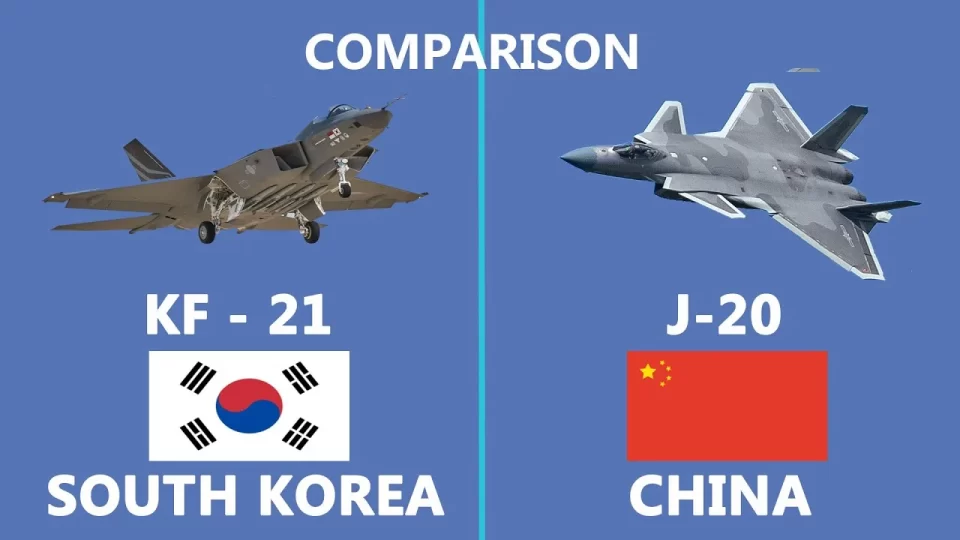
The KF-21 Boramae and the J-20 are two advanced fighter jets developed by South Korea and China, respectively. Both aircraft represent significant advancements in their respective countries’ aerospace capabilities and are designed to operate in modern air combat scenarios.
In this video, we’ll delve into a detailed comparison between two cutting-edge fighter aircraft. Showcasing a formidable presence in the skies and a key player in the evolving landscape of global military aviation.
KF-21 Boramae
The KF-21 Boramae, is a fifth-generation multi-role fighter aircraft. Developed by the Korea Aerospace Industries (KAI). In April 2021, the inaugural prototype of the KF-21 Boramae was successfully finalized and revealed to the public. Subsequently, on the 19th of July 2022, the aircraft underwent its maiden test flight, marking a crucial milestone in its development. The commencement of manufacturing is slated for the year 2026.
The Chengdu J-20, also known as the Mighty Dragon, is a twinjet, all-weather stealth fighter aircraft developed by China’s Chengdu Aerospace Corporation. This advanced fighter is specifically designed for air superiority and possesses precision strike capabilities. The J-20 officially entered service in March 2017, marking a significant milestone for China as it became the second country globally and the first in Asia to deploy an operational stealth aircraft.
With a length of 21.2 meters, the J-20 excels the KF-21 Boramae, which has 16.9 meters. The J-20A also boasts a larger wingspan at 13.01 meters, while the KF-21 measures 11.2 meters in wingspan.
Additionally, the J-20A stands taller at 4.69 meters compared to the KF-21’s 4.7 meters from landing gear to the tip of the tail fin.
When it comes to weight, the J-20A has a higher maximum takeoff weight of 37,000 kg. While KF-21’s has maximum takeoff weight is 25,582 kg.
In terms of performance, the J-20A exhibits a maximum speed of Mach 2.0 and a service ceiling of 20,000 meters, whereas the KF-21 showcases a maximum speed of 1440 mph (nearing Mach 2.0) and a service ceiling of 16,764 meters.
The combat range of the J-20A is 2,000 km, while the KF-21 boasts a range of 1,800 km.
In terms of fuel capacity, the J-20 carries 12,000 kilograms internally, whereas the KF-21 carries 6,000 kg internally.
The J-20 also has a longer range of 5,500 kilometers compared to the KF-21’s has 1,550 nautical miles. However, the KF-21 exhibits a slightly higher rate of climb at 304 meters per second compared to the J-20.
The J-20 relies on dual Shenyang WS-10C afterburning turbofans, producing a thrust between 142 and 147 kN. In contrast, the KF-21 is equipped with General Electric F414-KI afterburning turbofans, delivering 14,000 lbs of thrust each, totaling 28,000 lbs.
The avionics system of the J-20 is designed to achieve comprehensive situational awareness by integrating advanced sensor fusion, coupled with stealth and electronic warfare capabilities to deny situational awareness to adversaries. Its integrated avionic suite comprises multi-spectral sensors that deliver omnidirectional coverage.
On the other hand, the KF-21 is equipped with state-of-the-art features such as an AESA radar, advanced avionics, and precision weaponry. Boasting 10 hardpoints for weapons deployment, high maneuverability, enhanced survivability, and a configuration with single tandem aircraft seats, the KF-21 ensures high operational efficiency in diverse mission scenarios.
According to the report, UAE’s Economic Council had sent a letter to South Korea’s Office of National Security explaining Abu Dhabi’s desire for direct cooperation on the development of the KF-21. Surprisingly, the letter allegedly requested that Abu Dhabi replace Indonesia’s investment in the program.
In June, at Chengdu Aircraft Corporation in China, a brand-new J-20 prototype with the serial number 2052 took off with two WS-15 turbofan engines powering it.Influential factors for the PLA’s upcoming sixth-generation fighter project include the WS-15’s progress towards maturity, an upgraded J-20 variant, and higher J-20 production rates.

Aviation
Boeing, Antonov to Collaborate on Defense Projects
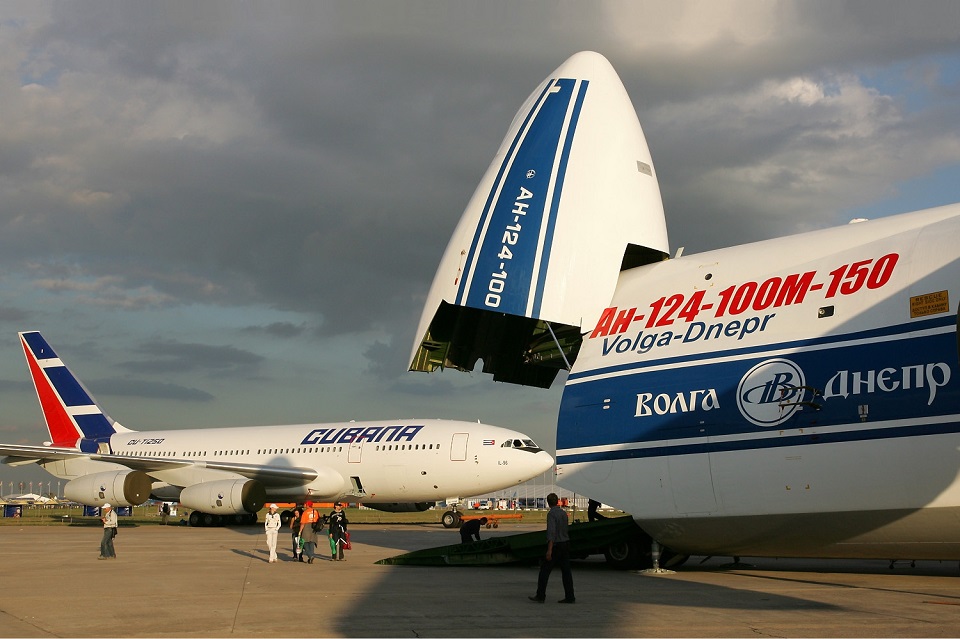
– MOU represents Boeing’s commitment to work with Ukrainian industry
– Includes exploring opportunities for collaborating on in-country support of Unmanned Aerial Systems
A Memorandum of Understanding was signed today by Boeing and Antonov Company to investigate potential collaboration on defense-related projects.
“We’re happy to keep collaborating with the Antonov Company to help Ukraine’s economic development and expansion,” stated Ted Colbert, CEO and president of Boeing Defence, Space, & Security.
Airbus and the Antonov An-225: The Best Partnership:Click here
“This agreement demonstrates our ongoing efforts to find more opportunities to work with Ukrainian industry, which was underscored by our signing of the Ukrainian Defence Industry Compact earlier this year.”
The areas of potential collaboration identified in the agreement consist of training, logistical support and overhaul services for tactical Unmanned Aerial Systems utilized by the Ukrainian Armed Forces, which includes the ScanEagle. In addition, the companies will also explore opportunities for Antonov to provide engineering support to Boeing.
The six largest cargo aircraft ever built in the aviation industry:Click here
“A strong, innovative, and efficient defense industry is key to sustainable economic development and national security, and we are extremely excited to collaborate with Boeing,” said Ievhen Gavrylov, CEO of Antonov Company.
This agreement brings a whole new level of opportunity to implement the latest and most effective solutions – in addition to the possibility of future projects with Boeing in the aerospace and defense industry.”
-
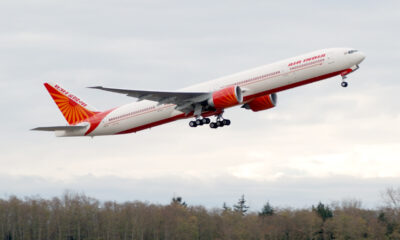
 Travel1 week ago
Travel1 week agoAir India to Expand US Operations with Three New Routes After a Decade
-

 Travel2 weeks ago
Travel2 weeks agoWhy We Should Avoid These Stamps in a Passport
-

 Airlines1 month ago
Airlines1 month agoInvestigations Reveal Fake Chinese Titanium in Boeing and Airbus Jets
-

 Tech4 weeks ago
Tech4 weeks agoChina’s CATL Plans 1,800-Mile Electric Plane Launch by 2027
-

 Airport3 days ago
Airport3 days agoTop 10 Largest Airports in the World by Size
-
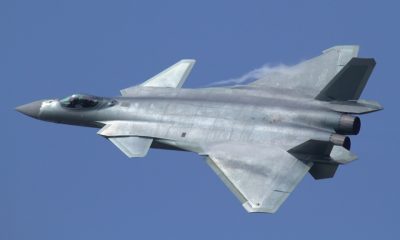
 Aerospace4 weeks ago
Aerospace4 weeks agoChina’s Fighter Jets Turn Wings into Autonomous Drones
-
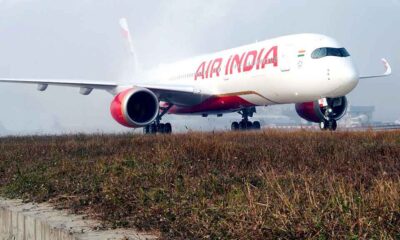
 Airlines4 days ago
Airlines4 days agoAir India Rolls Out A350s for Delhi-New York JFK and Newark Routes
-
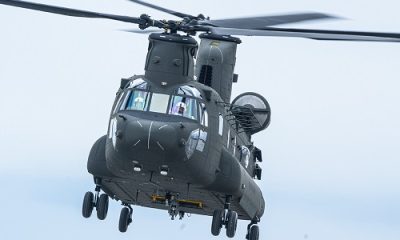
 Defence3 weeks ago
Defence3 weeks agoBoeing Enhances Chinook with New Engines and Block II Upgrades at $96 Million







